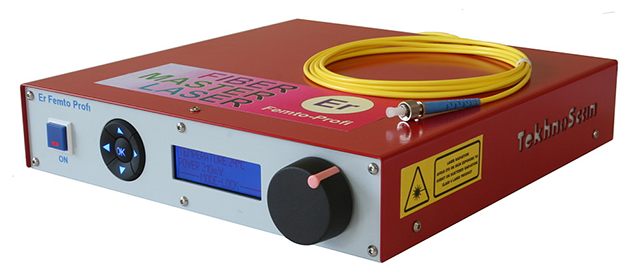Table of Contents Show
As you already probably know, a laser is a method of emitting light through a process of optical amplification which uses stimulated emissions of electromagnetic radiation (try saying all that very quickly)!
Lasers differ from other sources of light because they allow light to be concentrated and focused on a particular spot (this is known as spatial coherence).
Lasers have been around since the early 1960s. The development of the laser owes itself to researchers using processes such as masers, which amplified microwave energy rather than light, and even at the turn of the 20th century Albert Einstein established the theory behind the laser and the maser in the paper Zur Quantentheorie der Strahlung (‘on the Quantum Theory of Radiationâ).
Nowadays lasers are used in pretty much most everyday applications. For example, the CD player in your car uses a laser to read your music, and in a similar way the optical drives in computers and games consoles do the same job but with data as well as digital music.
But have you heard about fibre lasers? Continue reading to find out more about this exciting type of laser and how it is helping to revolutionise the way we do things!
So what exactly are fibre lasers?
A fibre laser, or ‘fiber’if you prefer the American spelling, is a special type of solid state laser, but they are not to be confused with the solid-state lasers that are semiconductor-based (i.e. electrically-pumped laser diodes).
The basic setup of a fibre laser consists of undoped cladding and a doped core which offers higher refraction.
You might have conjured up a mental image of a group of fibre lasers consuming some substances they shouldn’t be, but although you are wrong in the sense that fibre lasers are perceived as some kind of drug addicts, you would be correct in the sense that something is introduced to them that they would not otherwise have consumed.
Strange (and quite frankly weird) analogies aside, the doped core of the fibre helps to guide the laser and increase amplification.
A more scientific explanation on fibre laser doping
Doping is the process of intentionally introducing impurities into something. In the case of fibre lasers, trace amounts of rare-earth metals such as chromium, neodymium, erbium, thulium and ytterbium (amongst others) are added into transparent crystal, ceramic or glass in order to produce the active medium for solid-state lasers.
The amount of dopant added is usually measured in atomic per cent.
How do fibre lasers work?
Fibre lasers are generally pumped optically. This process is done by coupling the radiation of diode lasers or even other fibre lasers into the undoped cladding or the doped core itself in a parallel direction.
Fibre lasers are connected at either end to devices called doped fibre amplifiers (such as the one shown at the top of this page) which, as the name suggests, amplifies the light sent down the doped fibre.
Usage
Manufacturers such as JK Lasers create fibre lasers which are used in a variety of applications, most commonly within telecommunications and many industrial settings.









